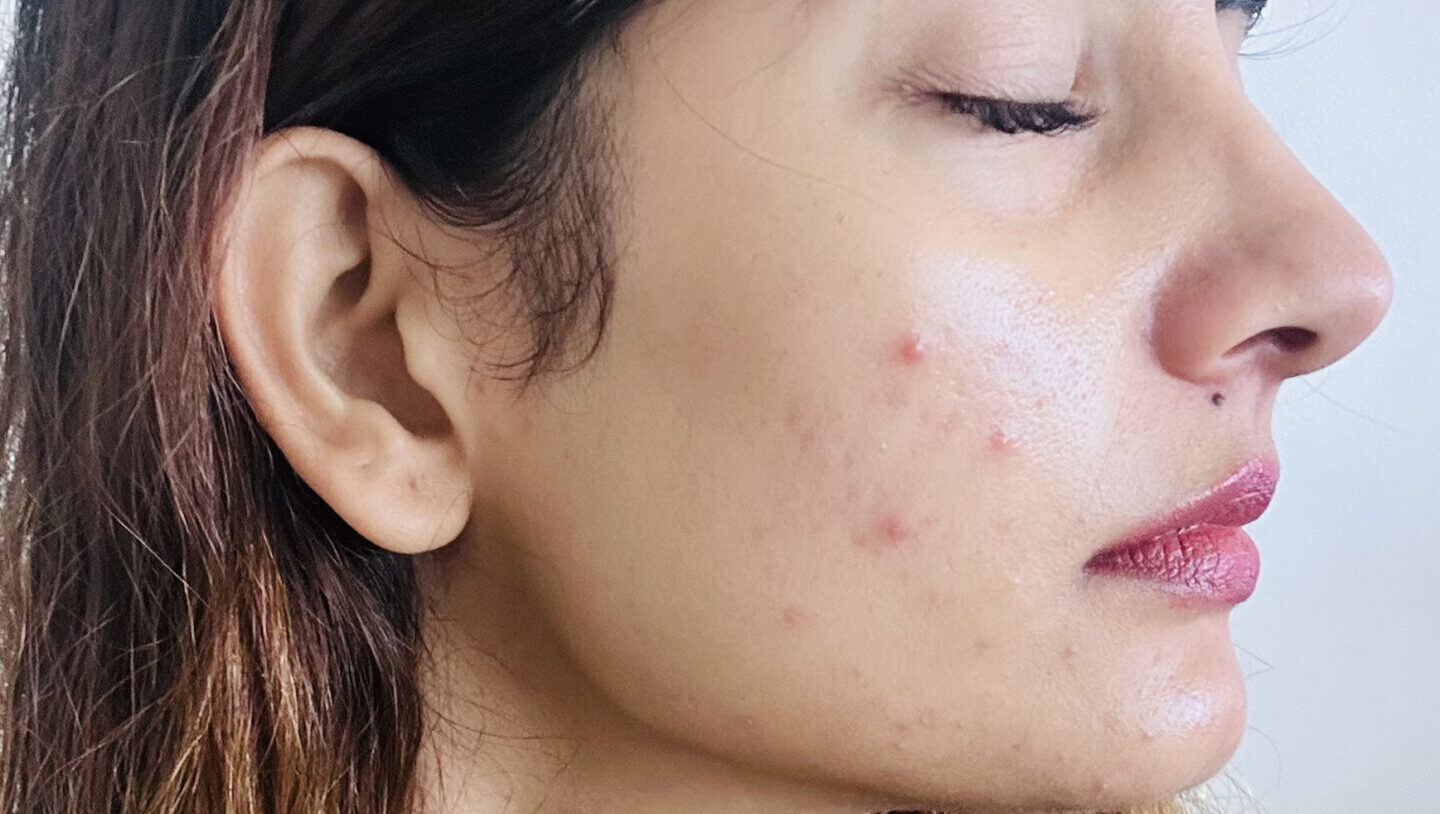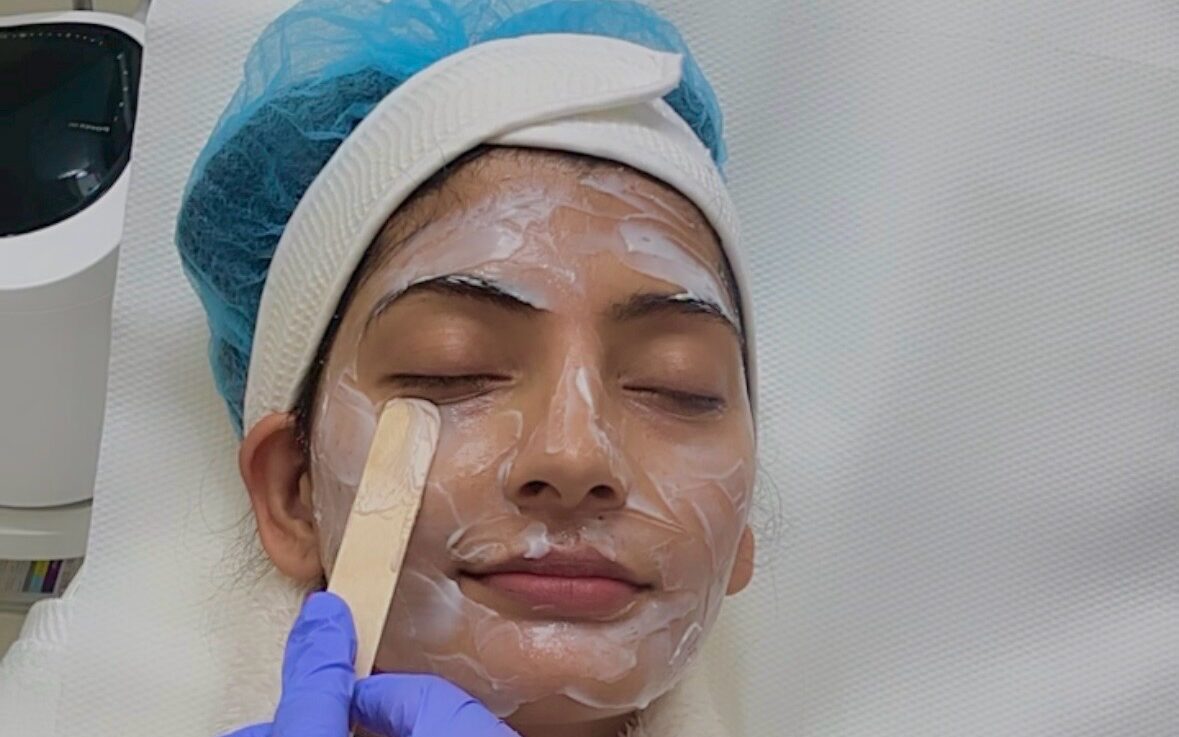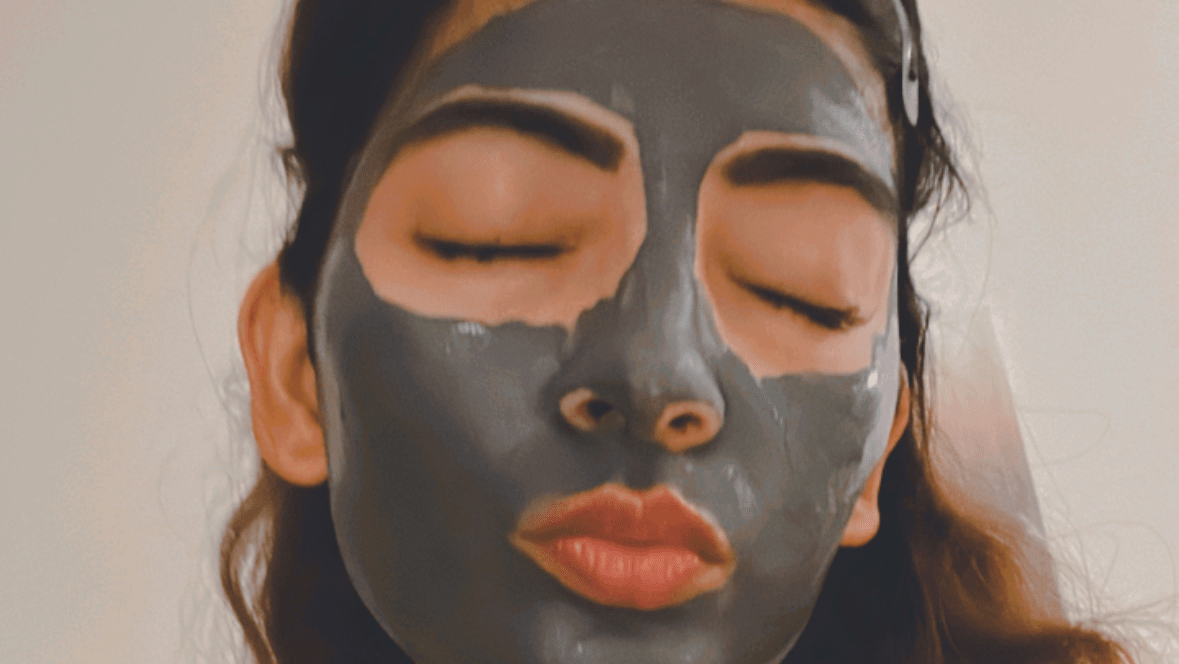Understanding Your Acne: Types and Root Causes

Acne is a common skin condition that affects millions of people worldwide. It can manifest in various forms, from mild blackheads and whiteheads to severe cystic lesions. While acne can be frustrating and sometimes even painful, understanding its type and underlying causes can be empowering in managing and treating it effectively.
Types of Acne
1. Whiteheads (Closed Comedones):
These are small, flesh-colored bumps that occur when pores become clogged with oil and dead skin cells. The pore remains closed at the surface, resulting in a white appearance.
2. Blackheads (Open Comedones):
Similar to whiteheads, blackheads are also caused by clogged pores. However, in this case, the pore remains open, allowing air to oxidize the trapped debris, resulting in a dark appearance.
3. Papules:
Papules are small, red bumps that develop when the hair follicles become inflamed. They can be tender to the touch and may signal the early stages of acne formation.

4. Pustules:
Pustules are similar to papules but contain pus at their tips, giving them a white or yellow appearance. They are often surrounded by red, inflamed skin.
5. Nodules
Nodules are large, painful bumps that develop deep within the skin. They result from the buildup of bacteria, oil, and dead skin cells, leading to severe inflammation.
6. Cysts:
Cysts are the most severe form of acne and often lead to scarring. They are large, pus-filled lesions that develop deep within the skin and can be extremely painful.

Root Causes of Acne
1. Excess Oil Production (Sebum):
One of the primary causes of acne is the overproduction of sebum, an oily substance produced by the skin’s sebaceous glands. Excess sebum can clog pores and promote the growth of acne-causing bacteria.
2. Clogged Pores:
When dead skin cells and excess oil accumulate within hair follicles, they can form plugs, leading to the formation of whiteheads and blackheads. Bacteria thrive in these clogged pores, exacerbating inflammation and acne development.
3. Hormonal Imbalance:
Fluctuations in hormone levels, such as those that occur during puberty, menstruation, pregnancy, and menopause, can trigger acne breakouts. Androgens, particularly testosterone, stimulate the sebaceous glands to produce more oil, contributing to acne formation.
4. Bacteria (Propionibacterium acnes):
Propionibacterium acnes is a type of bacteria that resides on the skin’s surface. When trapped within clogged pores, these bacteria multiply rapidly, triggering inflammation and the formation of inflammatory acne lesions.
5. Inflammation:
Inflammation plays a significant role in the development and progression of acne. When the immune system detects the presence of bacteria and other foreign substances within the skin, it responds by releasing inflammatory chemicals, leading to redness, swelling, and pain.
6. Genetics:
A person’s genetic makeup can influence their susceptibility to acne. If one or both parents have a history of acne, their offspring are more likely to develop the condition as well.

Conclusion
Understanding the type of acne you’re experiencing and its underlying causes is essential for effective treatment and management. While over-the-counter medications and skincare products can help alleviate symptoms, addressing the root cause of acne is crucial for long-term prevention and clear skin. If over-the-counter treatments are ineffective, or if you experience severe or persistent acne, it’s essential to consult a dermatologist for personalized care and treatment options. By taking proactive steps to manage acne, you can restore your skin’s health and confidence.
